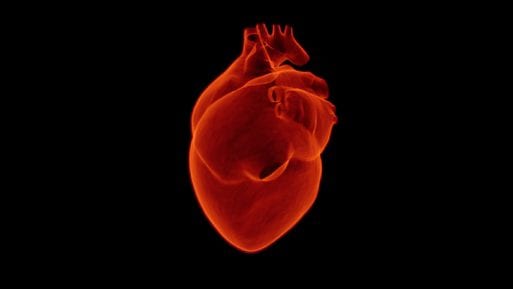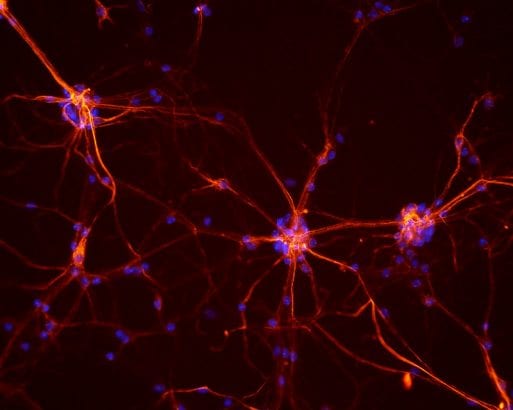 A team of researchers at Thomas Jefferson University have created the first 3D map of the heart’s nervous system. This breakthrough has major implications for both neurology and cardiology, and could lead to the improved treatment of heart disease, heart attacks, and sudden cardiac death.
A team of researchers at Thomas Jefferson University have created the first 3D map of the heart’s nervous system. This breakthrough has major implications for both neurology and cardiology, and could lead to the improved treatment of heart disease, heart attacks, and sudden cardiac death.
The intracardiac nervous system functions like a simplified “brain” that helps tell the heart what to do. While we have some understanding of how our actual brain affects the functioning of our heart, the activity of the ICN is a little more mysterious. Scientists have attempted to map the ICN before, but the results have been limited. This study at Thomas Jefferson was the first to explore both the arrangement and molecular structure of the heart’s neurons, providing a clearer picture of the ICN and its functions than ever before.
The research team, which was headed by Dr. James Schwaber and Dr. Raj Vadigepalli, partnered with scientists from the University of Central Florida to map a rodent heart using a new 3D imaging technique called knife-edge scanning microscopy. Following the success of this project, they hope to apply the same methods to studying other organs, and eventually, the technique may be used to map a human heart.
The researchers found that the neurons within the ICN were concentrated around specific heart structures, such as the sinoatrial node. The exact positioning of these neurons, as well as their gene expression, could help scientists determine how they affect the heart’s activity — and how they might be used to treat and prevent heart conditions in the future.

Credit: NICHD
Using nerve stimulation to treat medical conditions isn’t a new idea. In fact, this study was part of a research program called Stimulating Peripheral Activity to Relieve Conditions, which aims to explore the role of nerves in organ health. Scientists have known for some time that certain nerves, such as the vagus nerve, are instrumental in the functioning of vital organs, but there is still much to be learned before that knowledge can be put to use. This 3D map of the ICN represents major progress toward that goal.
This advance could also help scientists understand the variations among ICNs, and how those variations may contribute to health risks. For instance, significant differences were found between male and female hearts in the process of 3D mapping, which could help to explain why men are twice as likely to experience heart attacks.
With heart disease still the leading cause of death in the U.S., this research may be key in developing treatments and prevention strategies that could change the future of health in America.

 Scientists Create First 3D Map of the Heart’s Nervous System
Scientists Create First 3D Map of the Heart’s Nervous System


 Our Annual Seven Holiday Gifts for Someone Who Is Grieving, 2024 Edition
Our Annual Seven Holiday Gifts for Someone Who Is Grieving, 2024 Edition
 “Making Mobiles” by Karolina Merska
“Making Mobiles” by Karolina Merska
 “Hands Up to the Sky” by Michael Franti & Spearhead
“Hands Up to the Sky” by Michael Franti & Spearhead














